There is an endless list of accessories with which you can adorn your mountain bike, but only some of them will really improve your mountain biking experience.
Whether you’re riding downhill or cross-country, there’s always tantalising new tech being brought out, promising to save weight, time and maintenance – but not all deliver on their claims.
Here are five must-have accessories, as selected by our mountain bike tech team… and five you can definitely do without.
You can listen to their in-depth reasoning in the latest BikeRadar Podcast, but we’ve put together the following list for the visual learners among you.
5 MTB accessories you need in your life
1. Mudguards
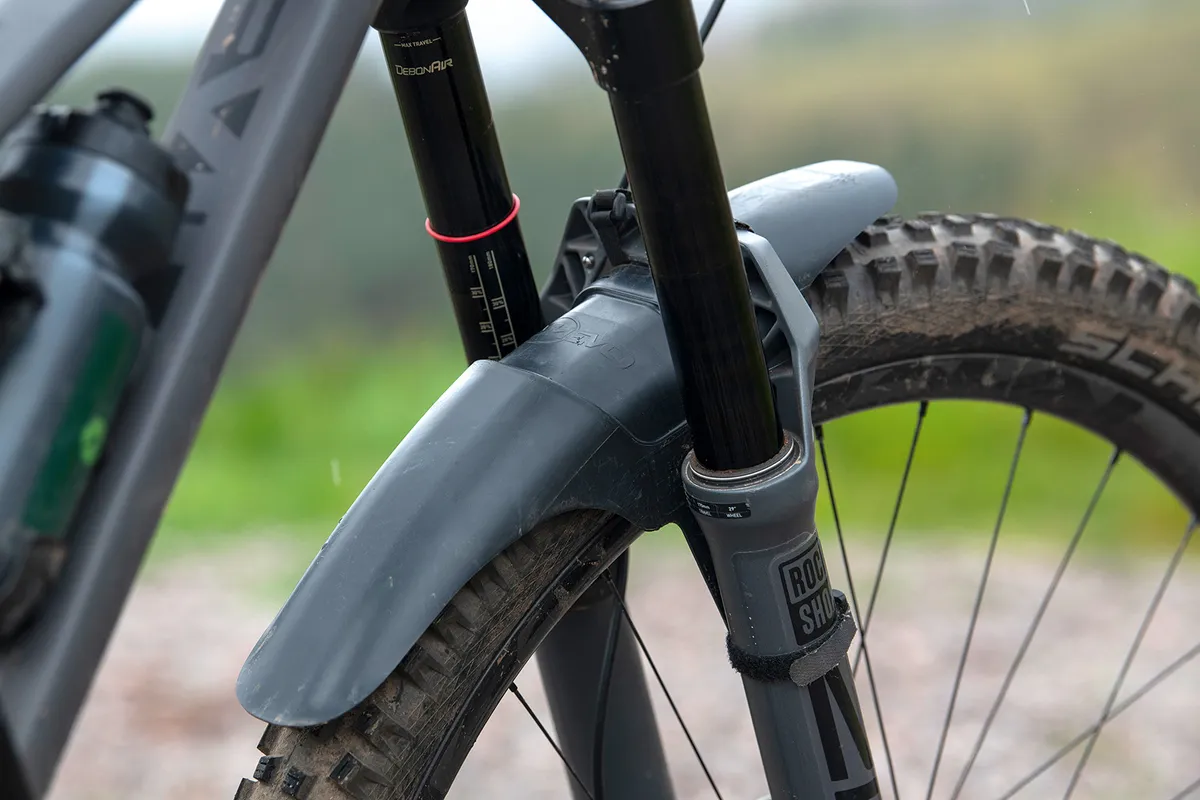
If you have to live with wet, muddy trails in the winter months, mountain bike mudguards are essential.
Fork-mounted mudguards have become a common sight on mountain bikes, especially in the UK. Despite their modest size, they do an excellent job of keeping your body dry and goggles free of mud.
It almost goes without saying, but the longer the guard, the more protection there is because more of the debris from your tyres is intercepted.
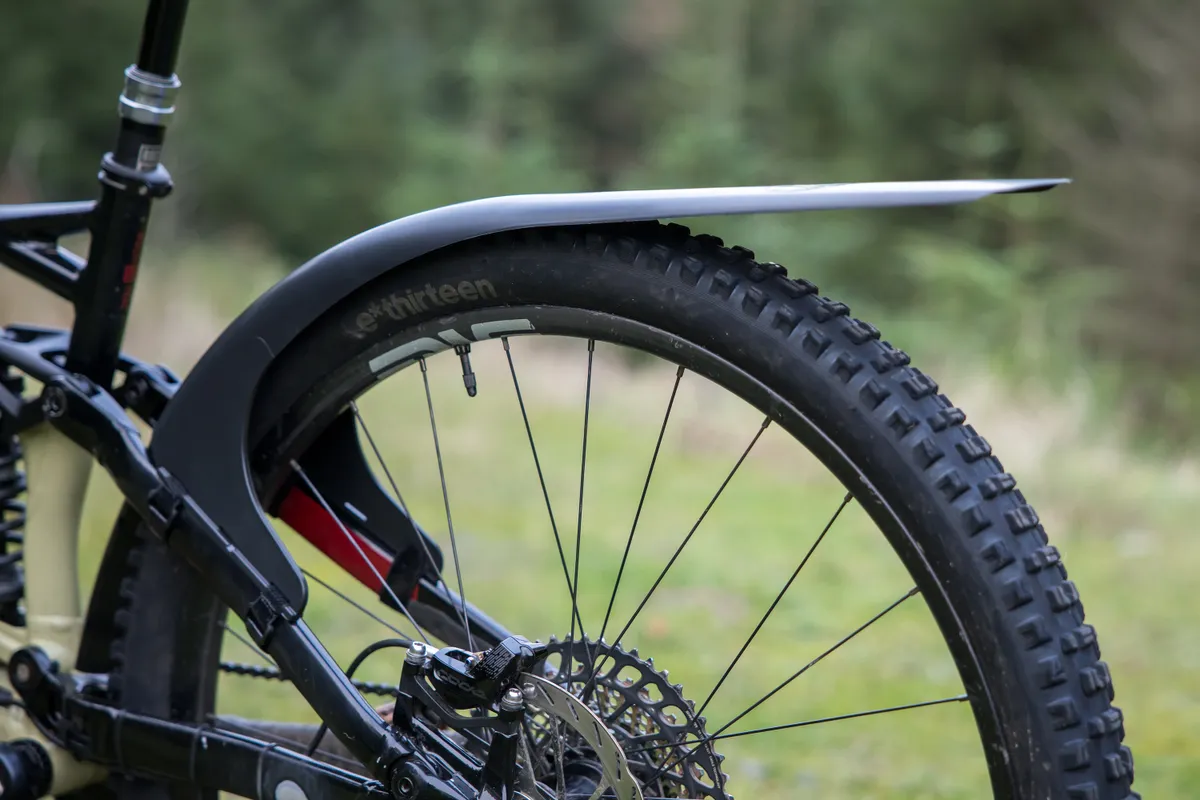
Less common are rear mudguards, which provide greater protection from the ground-based elements but are often avoided due to their unappealing appearance.
The Mudhugger EVO Bolt-on is our pick of the bunch.
SQUIRREL_13201931
2. Waterproof socks
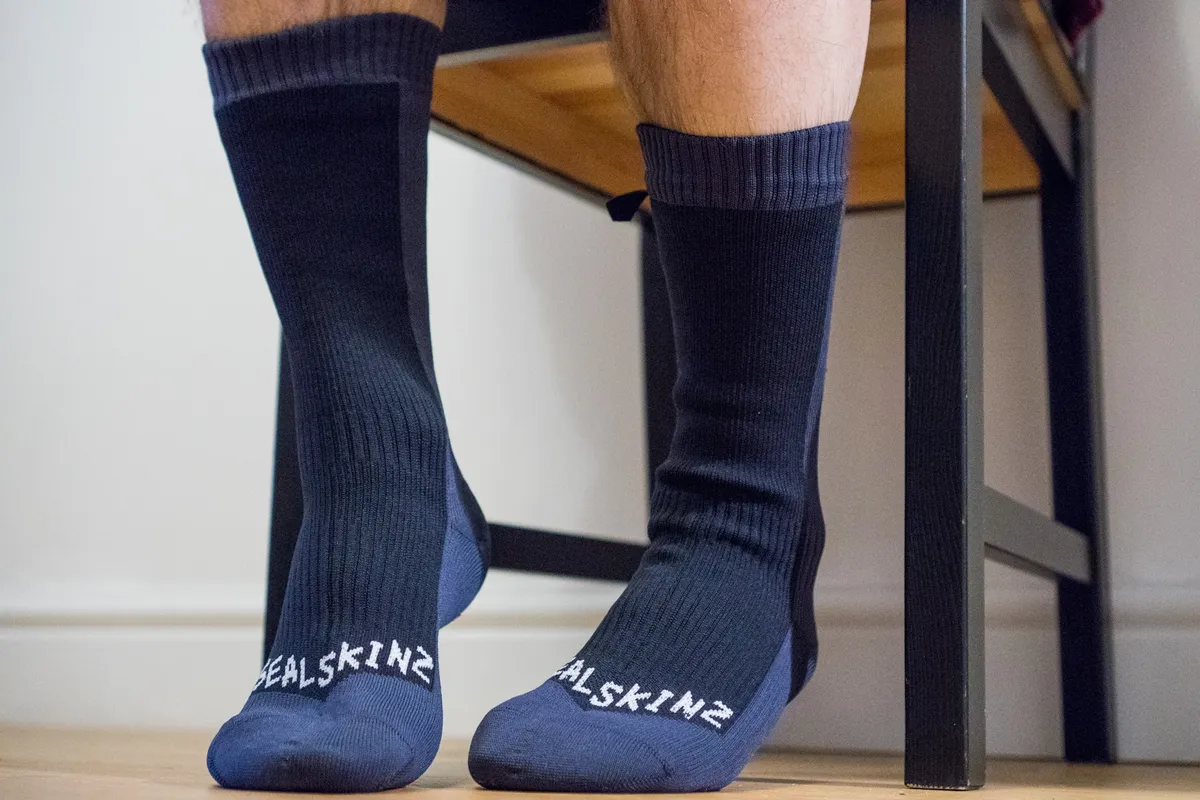
Waterproof socks are one of the best remedies for cold-weather riding and can add all-season ability to your summer mountain bike shoes.
A membrane in the sock keeps water at bay, while insulation built around it should keep your little piggies toasty warm on even the coldest day.
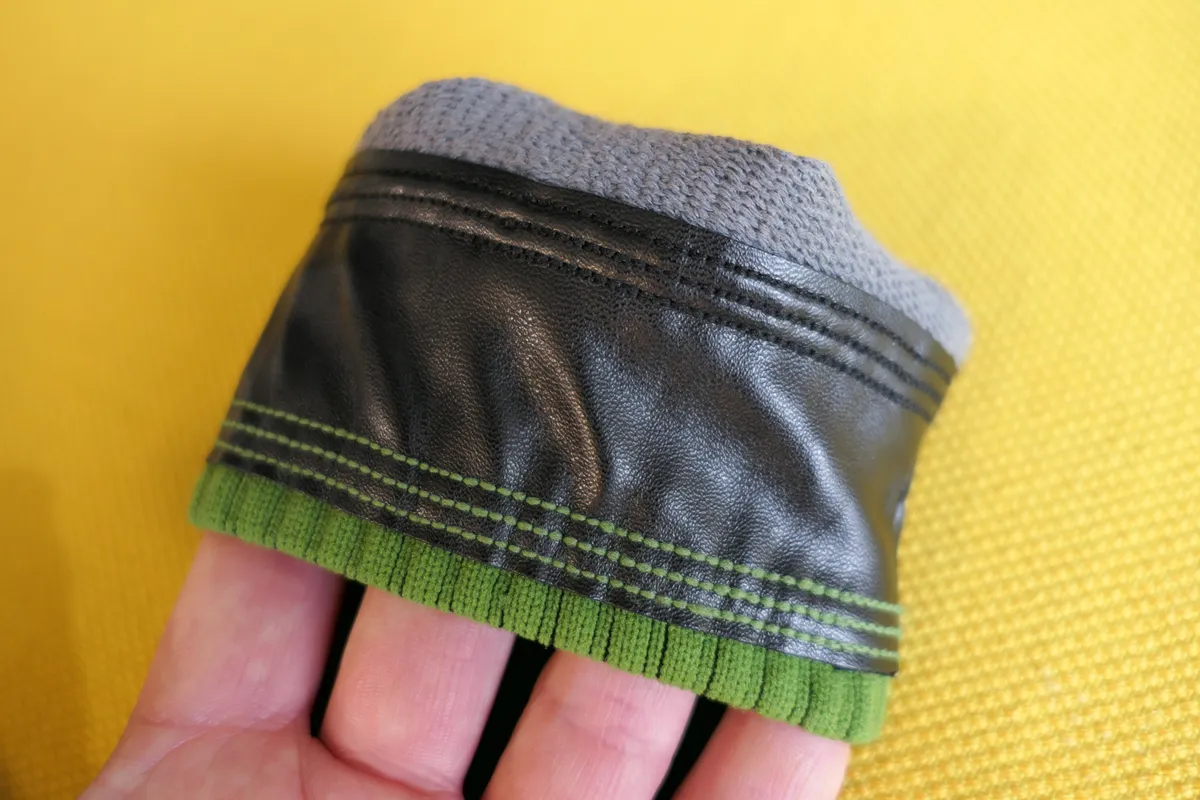
The best waterproof socks will keep your feet warm and dry, while enabling perspiration to escape, avoiding the damping caused by condensation.
The DexShell Ultra Dri Sport and Giro Xnetic H2O are our preferred picks.
SQUIRREL_13202578
SQUIRREL_13162388
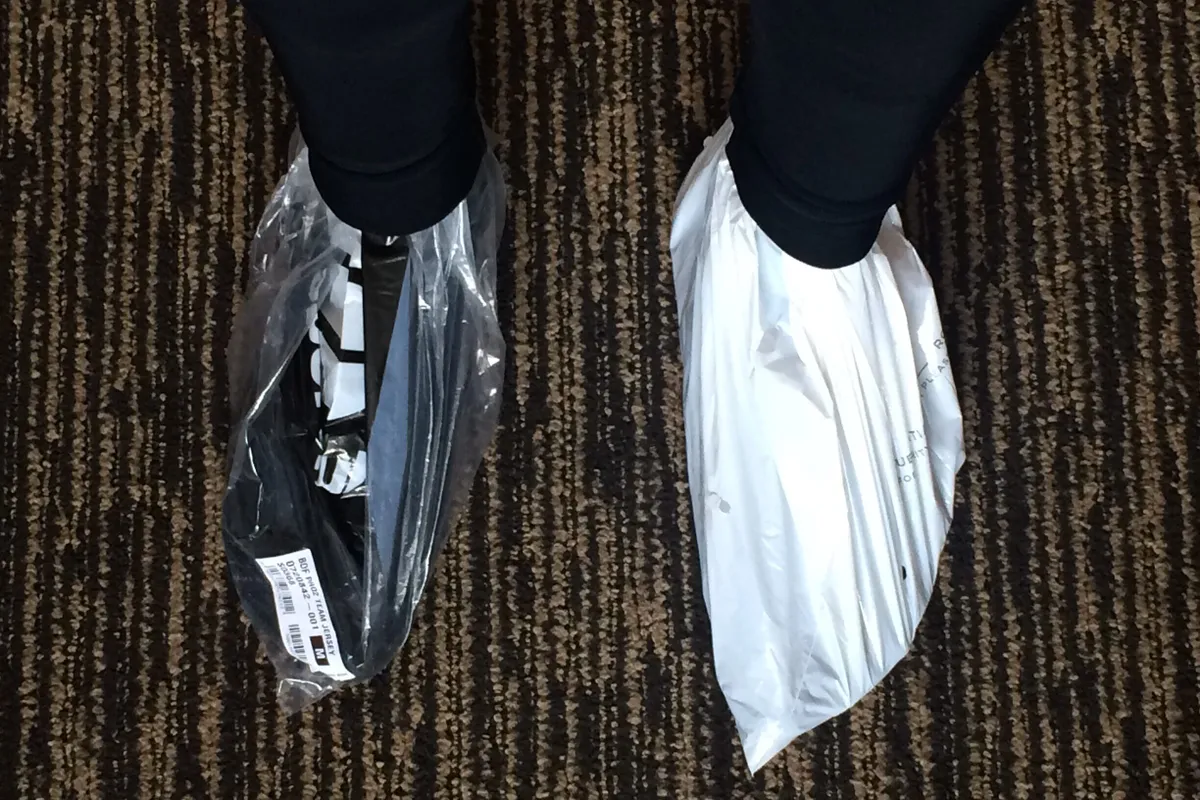
DIY versions can be made with varying success, but our favourite iteration involves slipping your pre-socked tootsies into a plastic bag before pulling your shoes on – though we take no blame for any development of Stink Foot.
3. Winter gloves
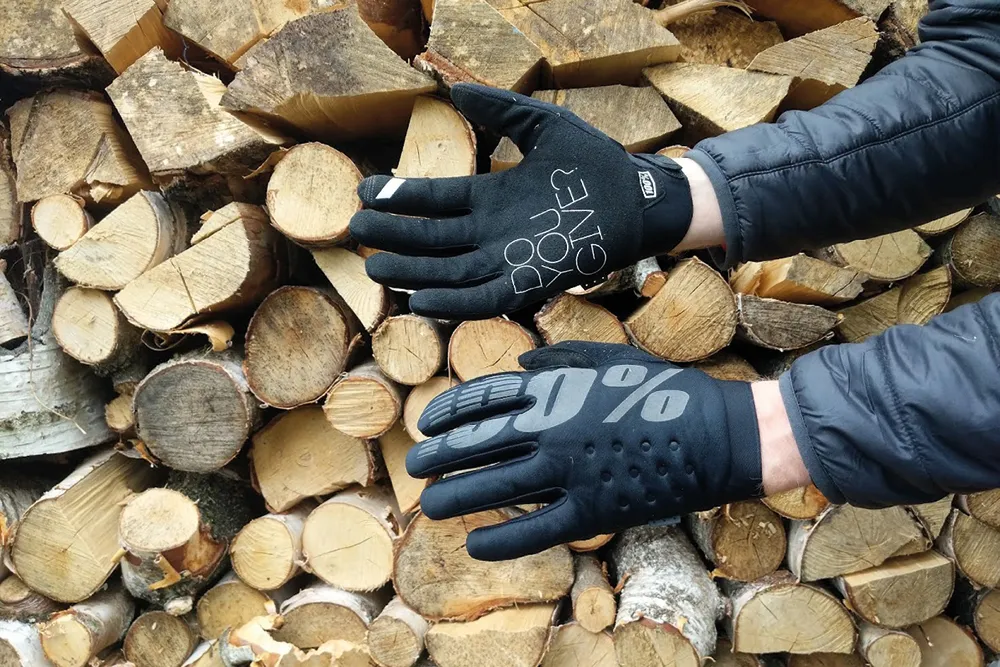
While we're enjoying a beautiful spring, if you can’t tell already, this article comes at the end of a pretty horrendous winter, so wet and cold rides are very much on the top of our tech team's collective mind.
Keeping your extremities warm in the winter can be difficult, but a good pair of winter cycling gloves should keep the chills at bay.
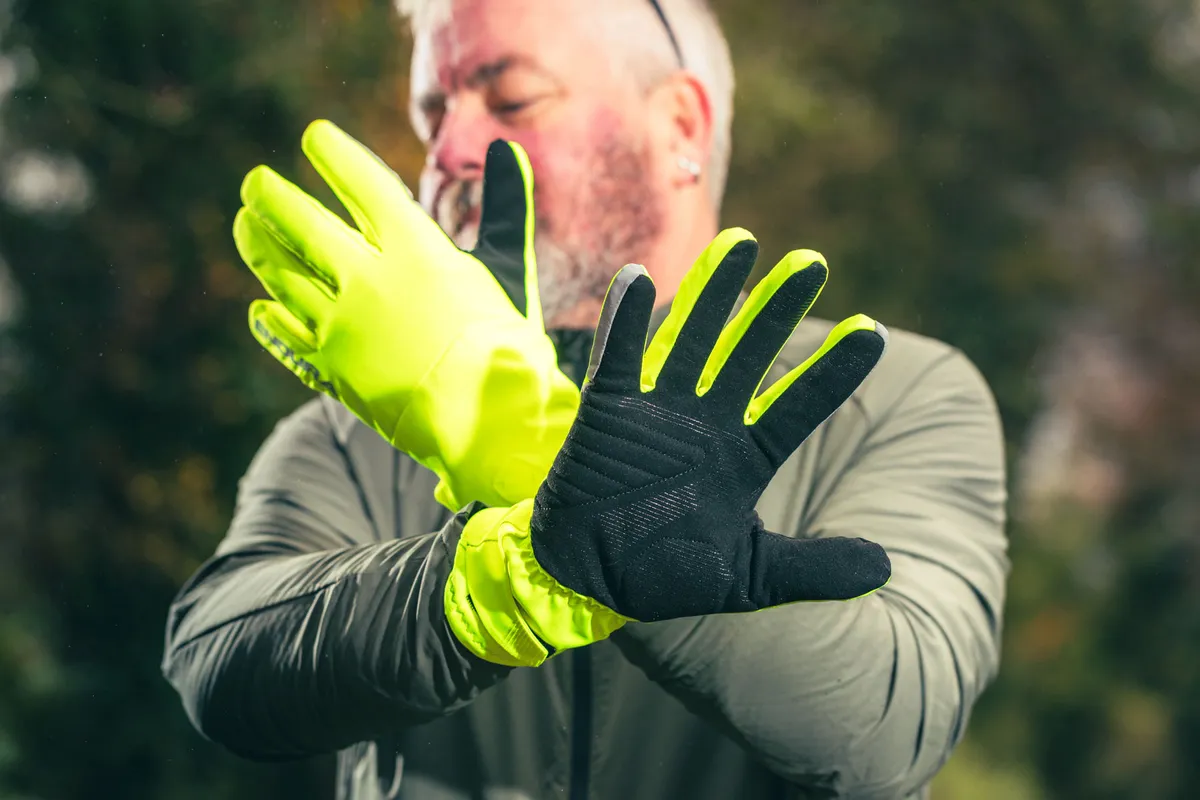
Nothing is worse than cold hands when you're out on a ride. With numb hands, braking and changing gear become monumental tasks requiring high levels of mental tenacity.
The best winter cycling gloves will keep you warm, while not limiting your dexterity.
Waterproof gloves, much like waterproof socks, can keep your hands dry on even the wettest days out on the trails.
4. Quality tools
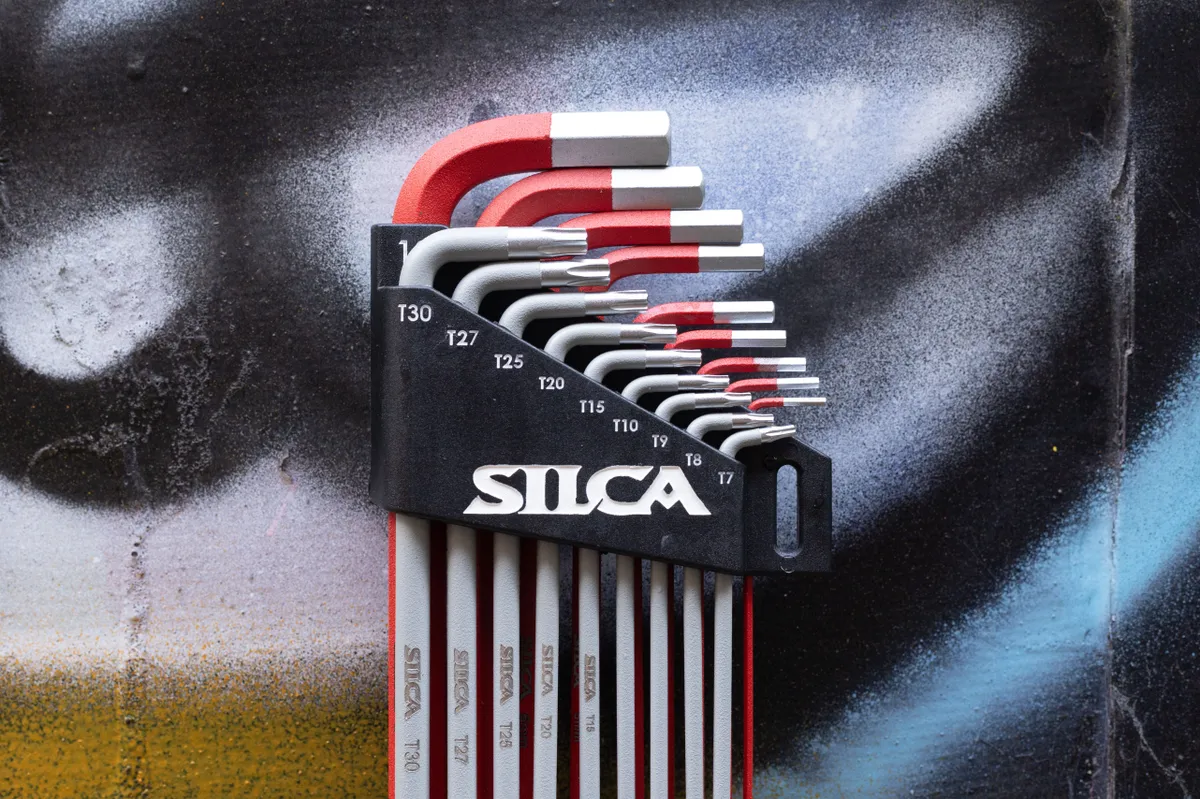
Doing your own maintenance saves a lot of money, but there’s a balance to be struck when considering the price of tools.
While it can make sense to buy cheaper tools in the short term, they can sometimes cause more damage than they’re worth.
Inaccurate hex keys, for example, can round bolts, not only ruining your components but leaving you pleading with a smug bike mechanic – a fate worse than death.
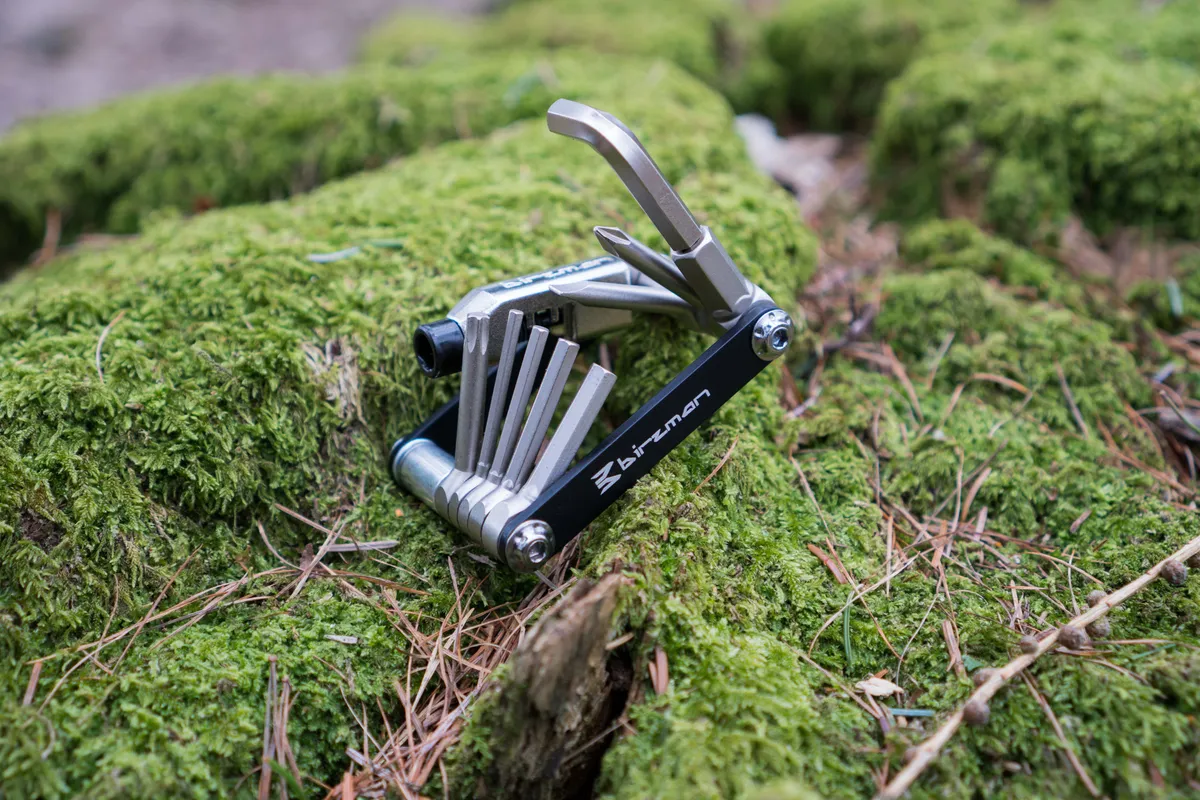
The principle of ‘buy cheap, buy twice’ definitely applies to tools, especially multi-tools, where cost-cutting can leave you with a long walk home.
Quality tools are also more enjoyable to use, making jobs easier and faster, which might make you consider doing more maintenance.
5. Bike-specific shoes
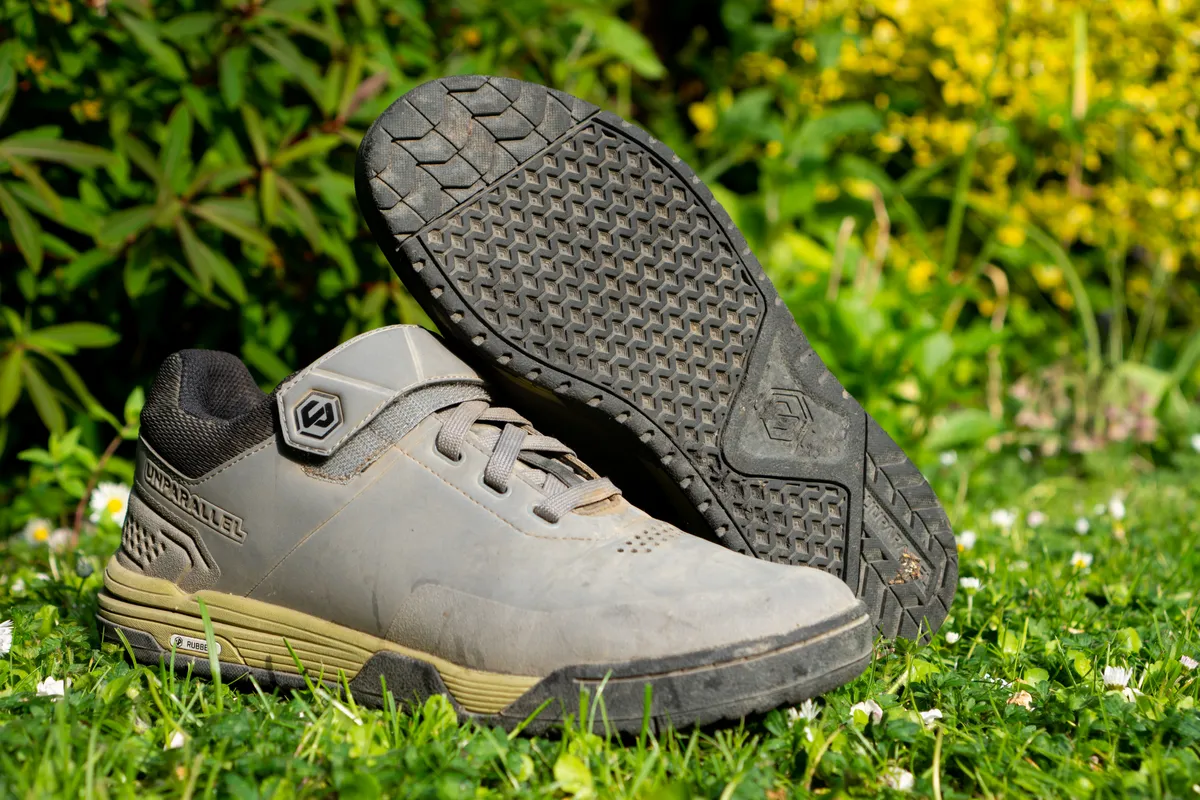
One of the first upgrades to your riding kit should be the shoes you wear.
Skate shoes and walking boots may provide some grip or protection when hitting the trails for the first time, but they are no match for proper mountain bike shoes.
Bike-specific flat shoes are designed to generate the most traction from the pedal interface, with soft rubber soles morphing around pins for added security.
These shoes also have built-in safety features such as reinforced toe boxes and ankle support to avoid injuries associated with mountain biking.
5 MTB accessories you definitely don’t need
1. Carbon handlebars
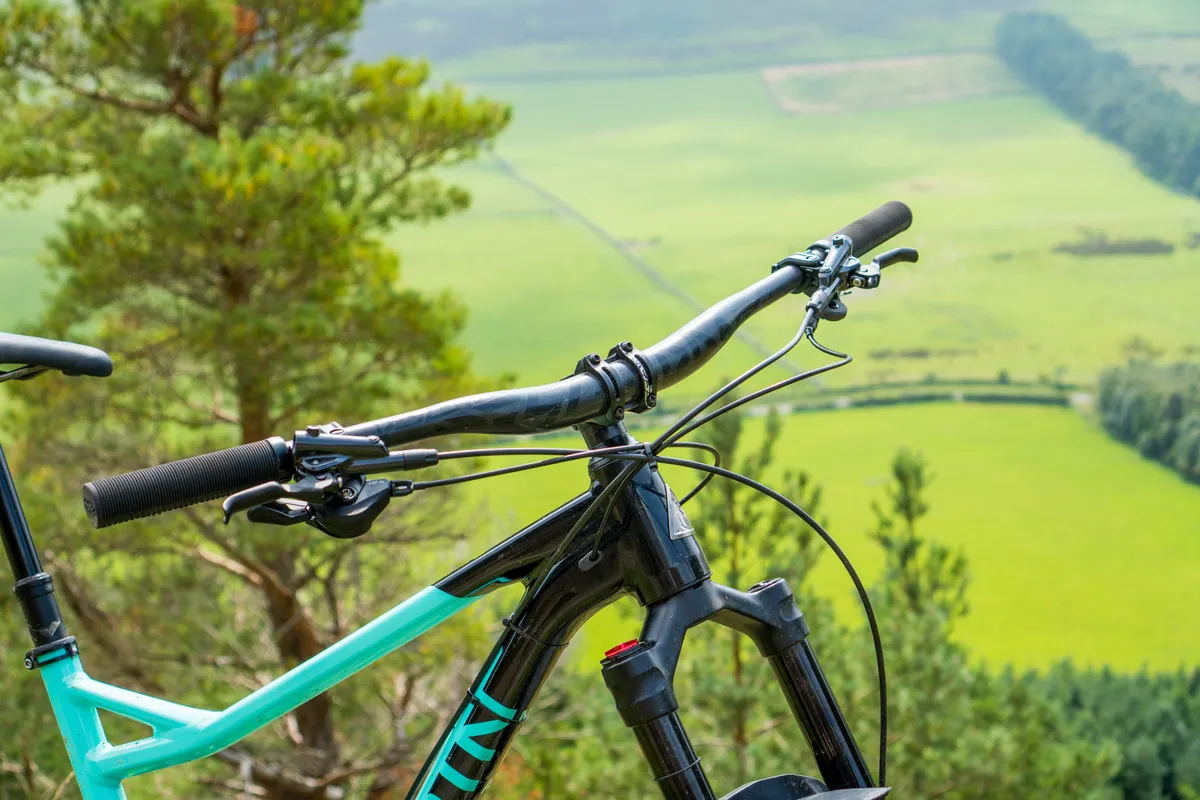
While carbon fibre components promise weight savings, efficiency increases and rust resistance, we think their aluminium counterparts are often just as effective and are a fraction of the cost.
Carbon fibre components can often be too stiff, with handlebars transmitting too much from the trail below, which can add to discomfort on longer rides.
This isn’t the case with all carbon handlebars, with manufacturers such as One Up building flex into their bars for added compliance.
The jury is out on whether or not carbon bars are more prone to snapping than aluminium bars, but many riders still fear them because damage is harder to identify.
2. Carbon wheels
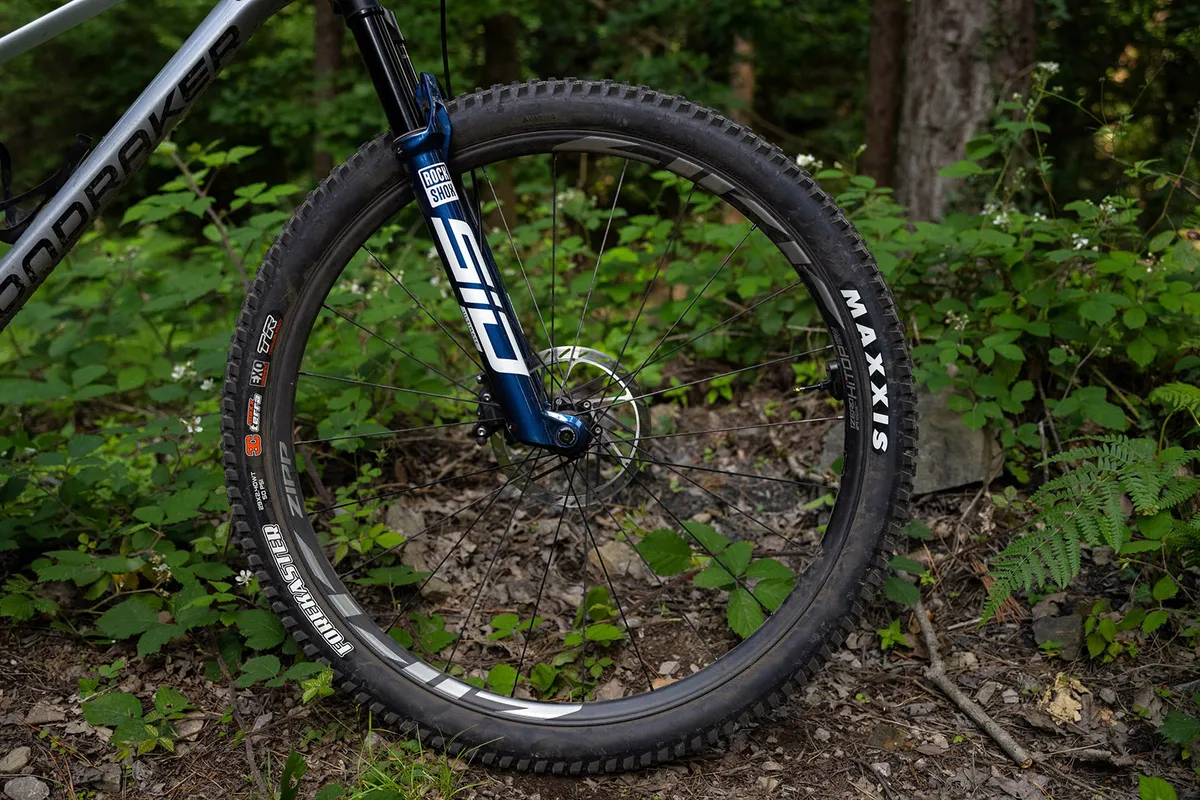
As with carbon handlebars, carbon wheels aren’t something you really need for mountain biking.
There’s no doubt they save weight, making them the lust of many cross-country racers, but for trail and enduro riding this is less of a perk.
Carbon mountain bike wheels are much stiffer than alumnium equivalents, resulting in a more direct feel under power, but a harsher ride on rough terrain.
While carbon rims can be made stronger than aluminium rims, when they do fail there's little you can do to fix them.
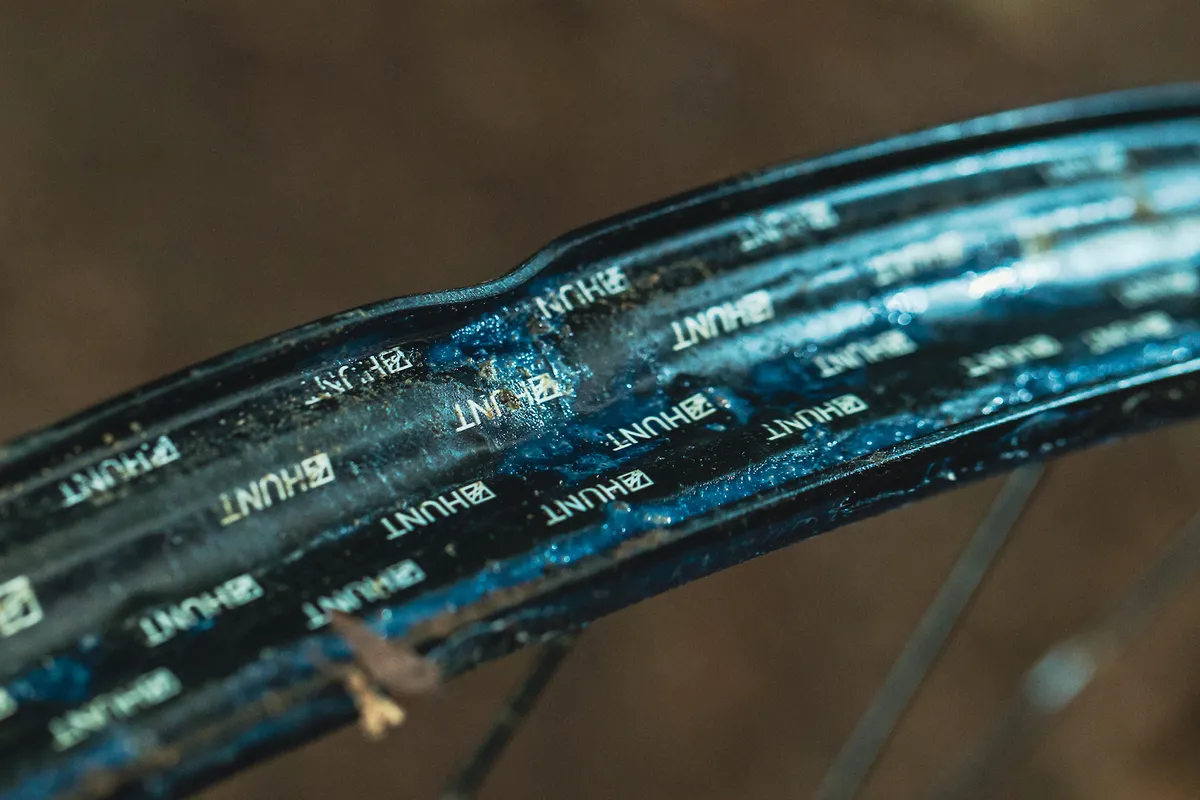
Aluminium, on the other hand, can be bent back into shape, giving you a couple more months of riding before changing the rim.
3. Tyre inserts
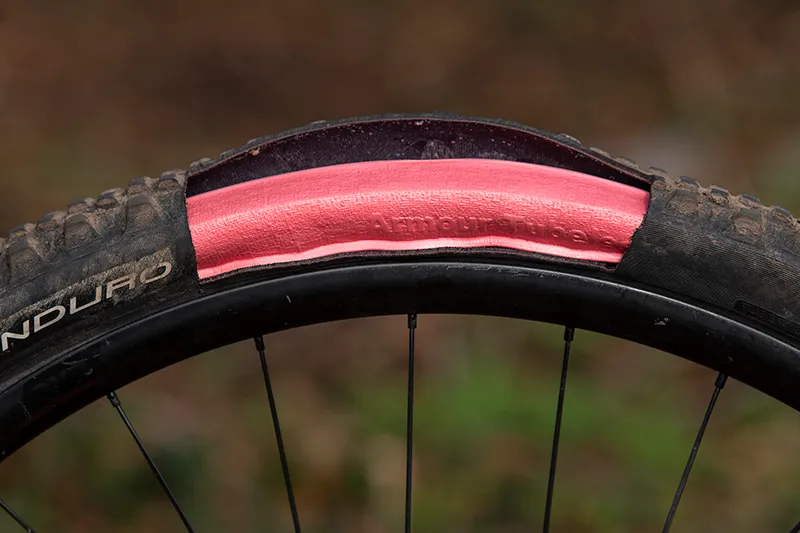
Tyre inserts theoretically enable you to run lower tyre pressures, while protecting you from pinch punctures.
In reality, there is very little that can be done to avoid pinch punctures if you’re not using a gravity-spec sidewall, and inserts can lull you into a false sense of security, leading to you ripping the tyre on janky rocks.
If you have ever installed an insert, you'll also know how difficult it can be to sit the bead once it's in the tyre – and imagine dealing with that on the trailside.
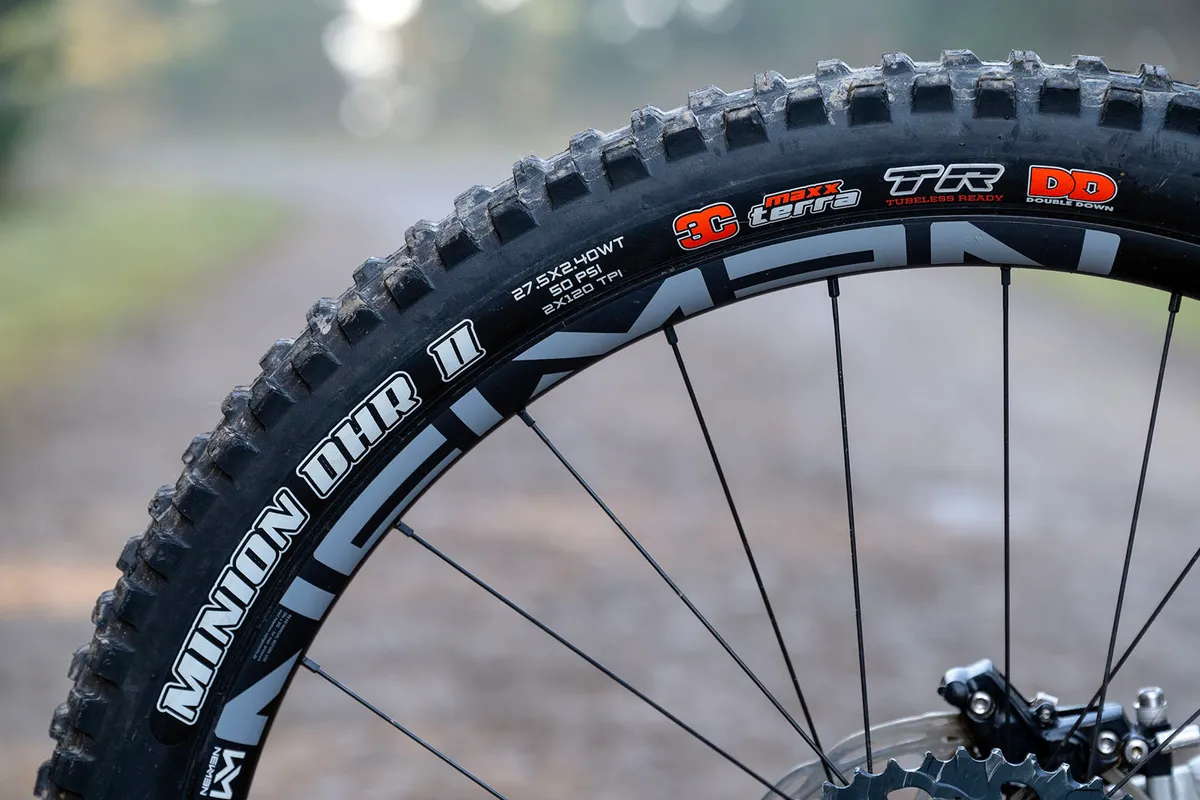
The best way of limiting pinch punctures is by using gravity tyres with strong sidewalls, such as Maxxis’ Double Down protection.
4. Super-technical clothing
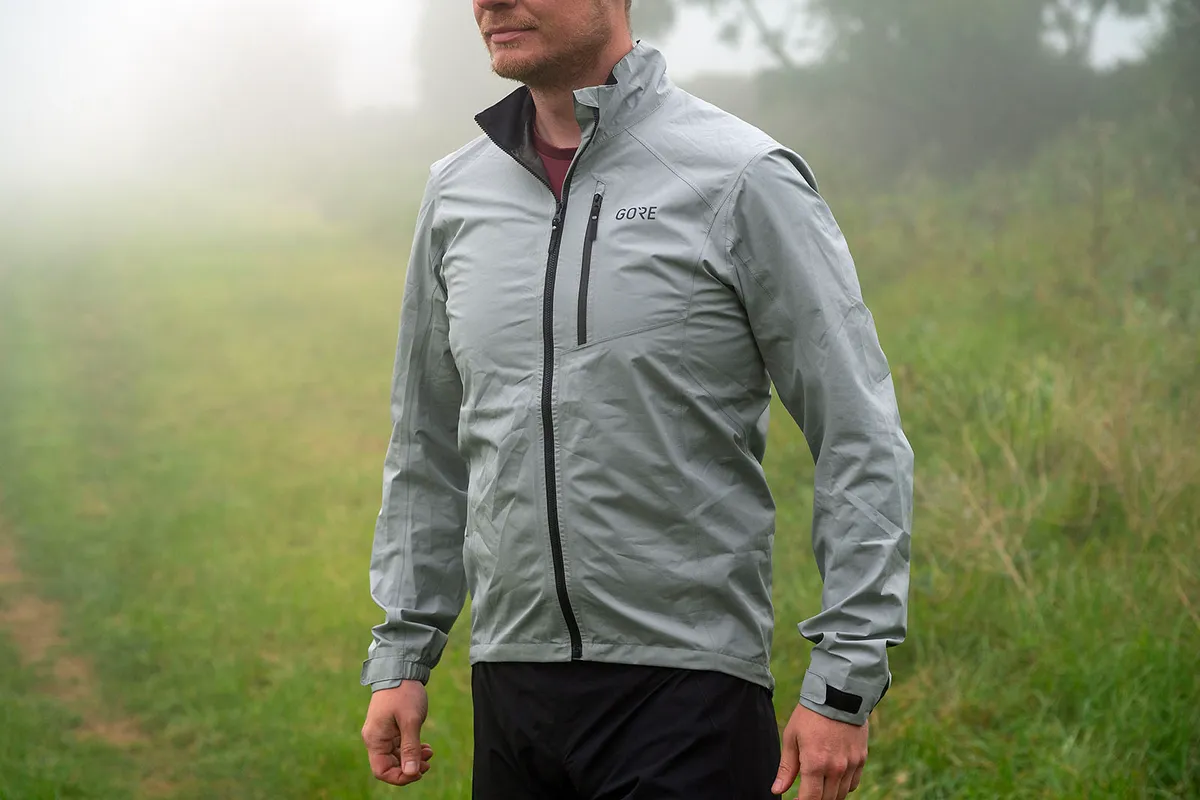
We’re lucky to have access to some of the best clothing on the market, often made from exclusive fabrics with claimed high levels of waterproofing and breathability.
While these clothes may look and feel great, they all end up thrashed after a season of riding, with pedal pins cut into trousers and waterproof jackets delaminating.
If you’re going for a pedal in the woods, you might be better off accepting you’re going to get wet and dressing to keep warm.
We are torn on waterproof trousers, because riding in a wet chamois brings on a type of early-years nappy nostalgia most would like to forget.
5. Strava
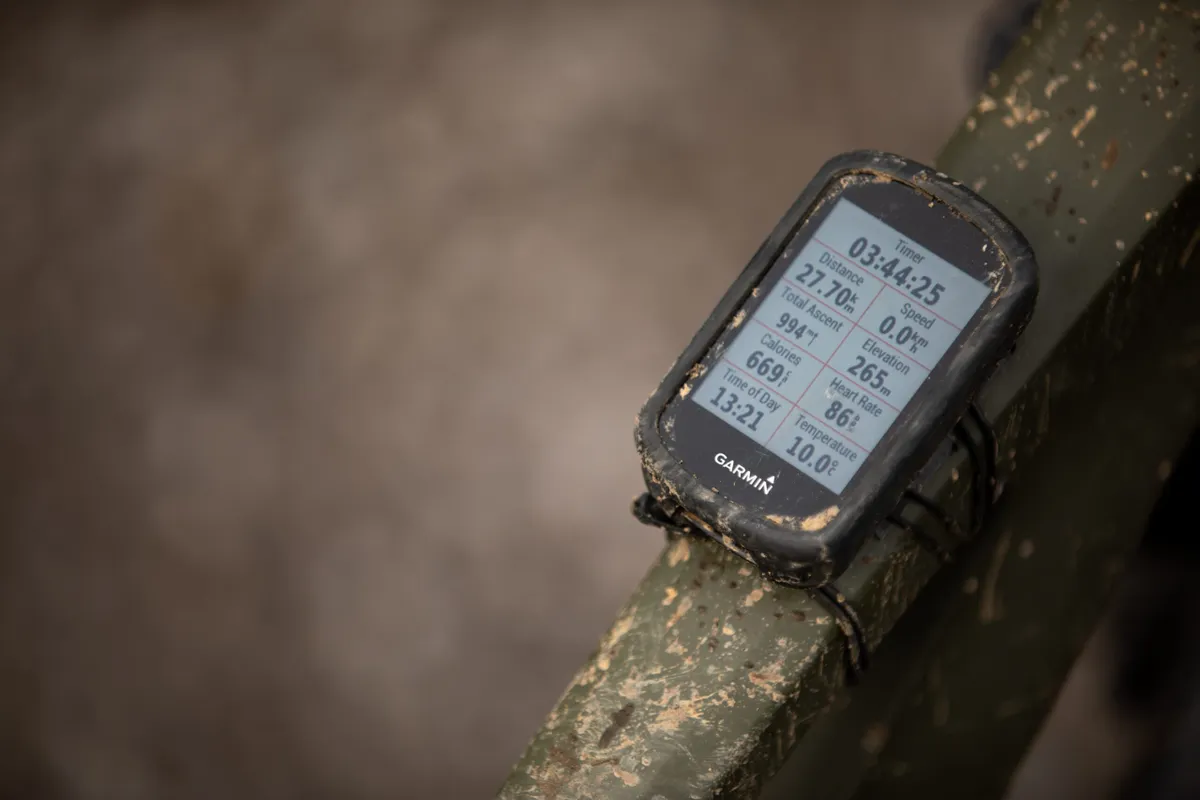
Tracking your rides can be helpful if you’re training for an event, or even if you're just curious as to how many miles you’ve covered in a year.
But lining up at the top of your local enduro trail as if it is the World Championships isn’t necessary, and we think it somewhat kills the vibe of what mountain biking is all about.
You can also end up doxing trails, which builders who have put their own time into making may want to be kept secret.
